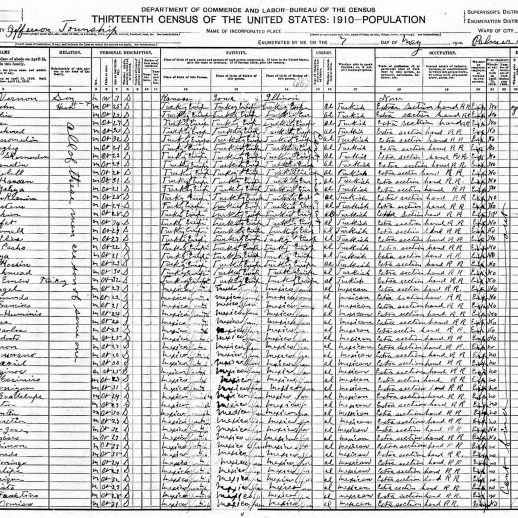
This census tract from Chautauqua County in 1910 shows a Missouri Pacific Railroad Crew that was half Mexican and half Turkish. How do you think those crews would have gotten along?
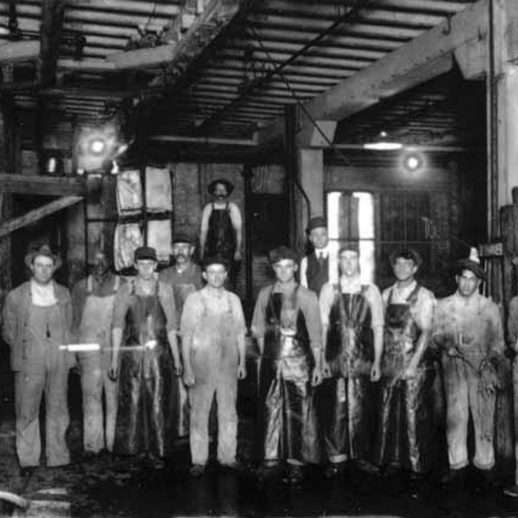
In places like Newton, Mexican Americans tended to stay tied with railroads. In Wichita, however, the meatpacking plants like Dold and Cudahy offered other opportunities.
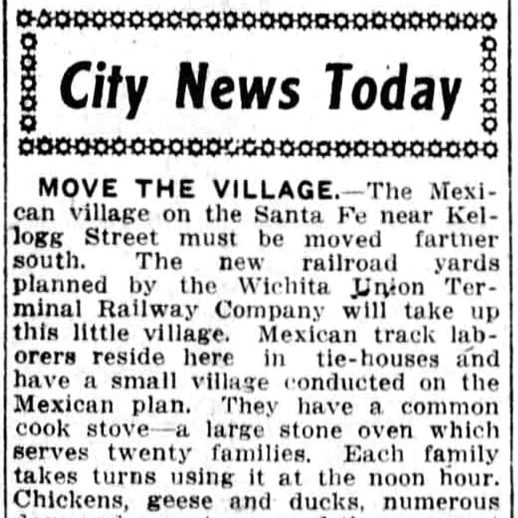
This image from the Wichita Beacon from 1914 describes the one of the first barrios near what is today the downtown arena.
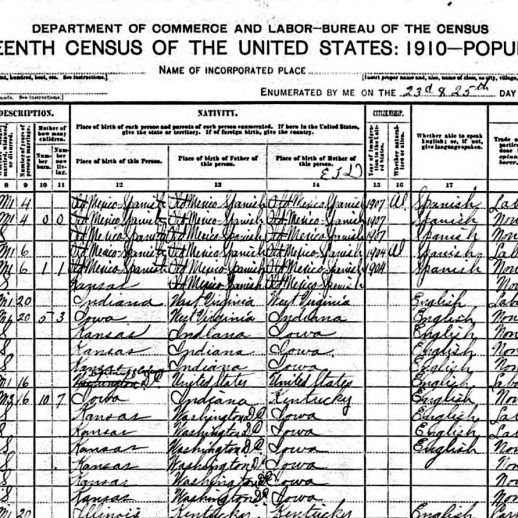
This page from the 1910 census of Wichita shows several Mexican families who were working the meatpacking plants. Notice that their neighbors were not Latino.
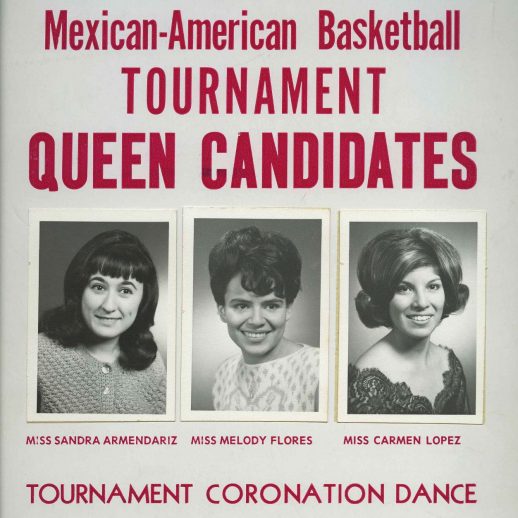
In the 1950s, Mexican American youth participated in many of the same traditions as the larger community including attending high school and holding beauty contests. Many worked to try to fit in, finding Hispanic cultural traditions embarrassing holdovers from their parents and grandparents.
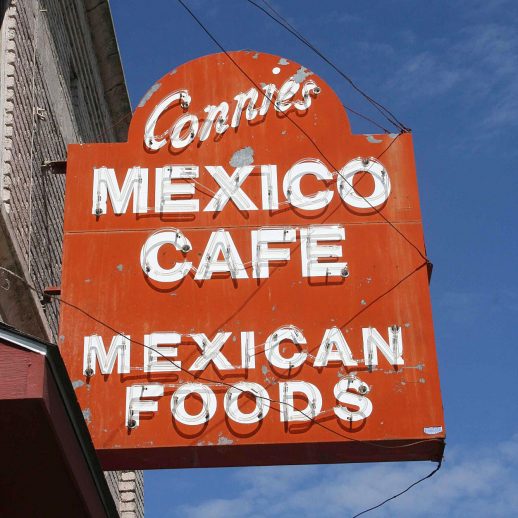
Across from the packing plants along Lawrence Avenue, now Broadway stood a series of restaurants. Among them was El Patio hotel and restaurant with Chata’s next door. When the Guzman family decided to sell Chata’s, the Lopez family took it over and renamed it Connie’s after Concepción Lopez. Lopez got her start making food for parish dinners. Restaurants like these served Mexican American patrons but also helped expose the Anglo community to Mexican food as well.
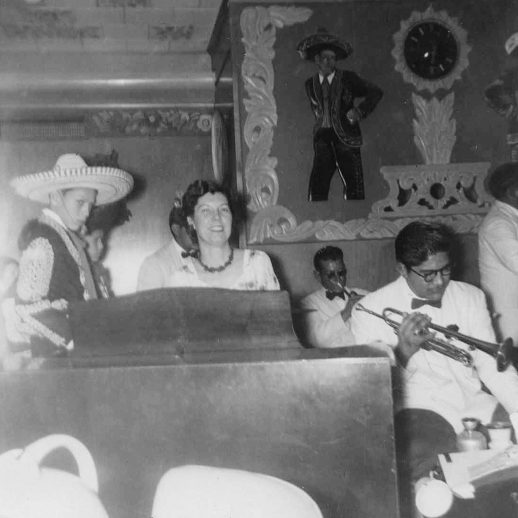
While Latino youth were encouraged to “fit in,” restaurants like El Charro introduced Anglo Wichitans to the “exotic” food of Mexico.
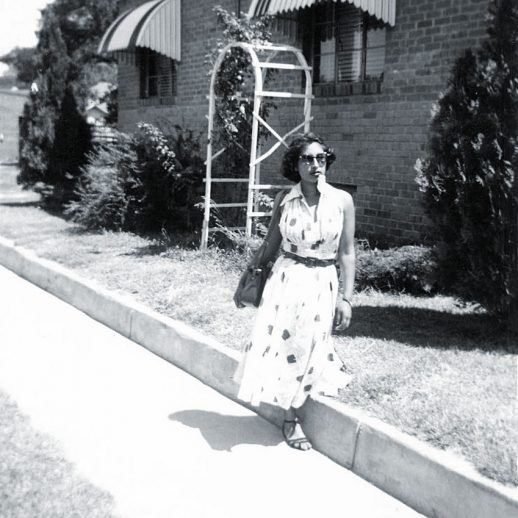
For many families, the “American Dream” included getting a better job and moving to the suburbs. Here Virginia Martinez Mendoza embodies the suburban ideal that inspired Latinos, Anglos, and African Americans in the decades after World War II.
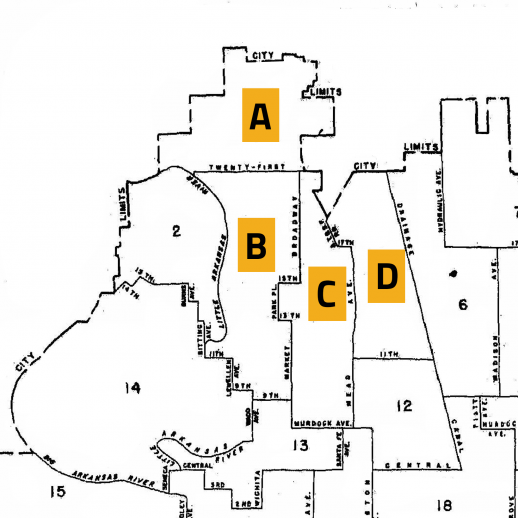
Latinos born in the U.S. would have been folded into the “white” category for the 1950 census for Wichita. The census, however, did designate immigrants from Mexico and those persons are noted here, showing the relative size and location of the Mexican American population. Area A: 101 Mexican immigrants or .3% of the census track. B: 8 Mexican immigrants or .1% of the census track. C: 24 Mexican immigrants or .3% of the census track. D: 58 Mexican immigrants or .3% of the census track.
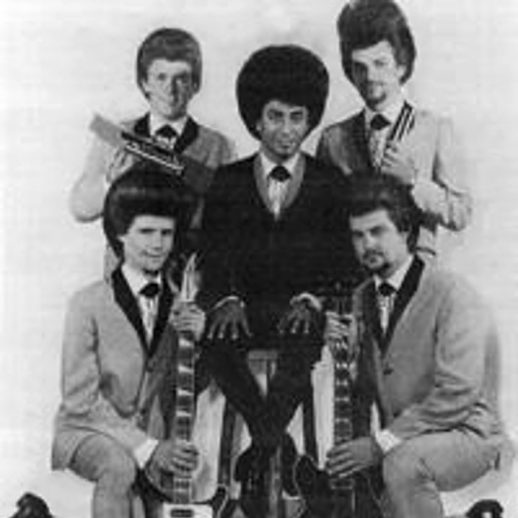
Latino youth embraced the rock & roll of the era. North High School students Art Martinez and Mike Jimenez were part of the group Doug and the Inn-Truders. Meanwhile, Dolphie Ybarra from Wellington was part of the Fantabulous Jaggs, complete with pompadour!